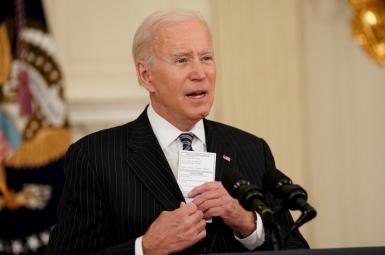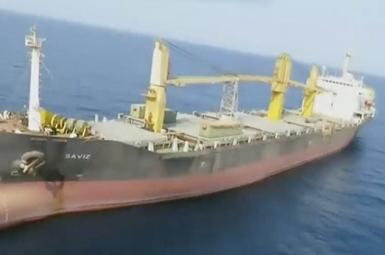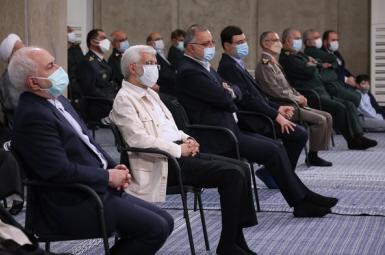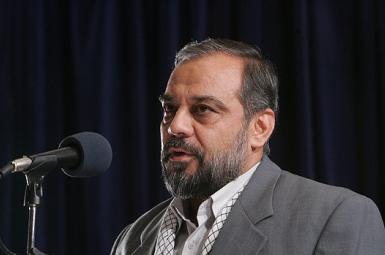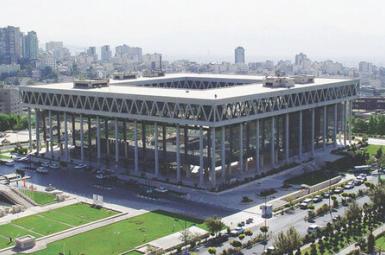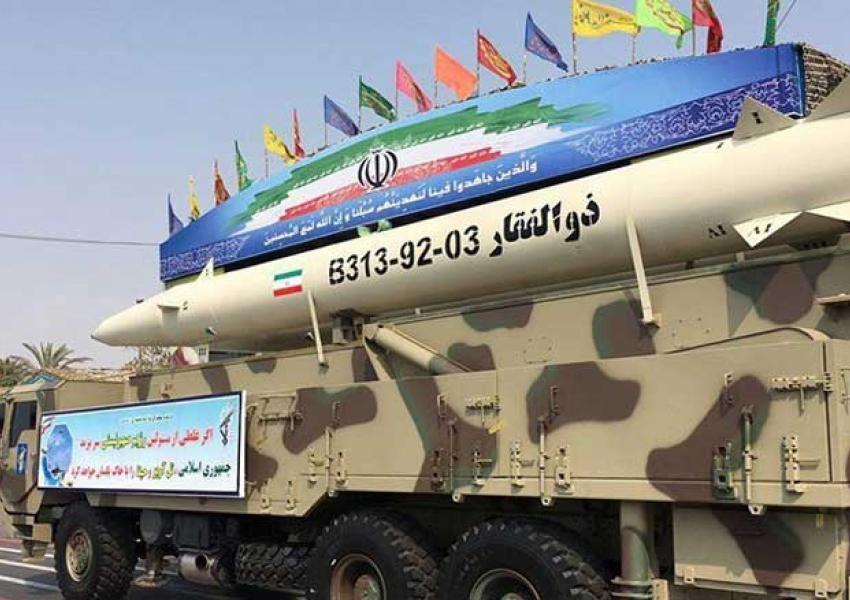
Iran’s Ballistic Missiles: Is it Good or Bad for Their National Security?
Donald Trump reacted to Iran’s unsuccessful attempt to launch a ballistic missile and stated that he would not allow Iran to develop ballistic capabilities. This reaction triggered fresh questions about the logic behind Iran’s ballistic missiles program in the current fashion and its consequences for the country’s national security.
While at Pentagon to introduce the new strategic plan for ballistic defense, Trump made reference to the new American anti-missile technologies and pointed out that “the United States cannot simply make incremental changes… It is not enough to just keep pace with our adversaries.”
Before the announcement of this new initiative, detailed briefing about new technological advancements in spaceships, including missiles and aircraft, and space defense systems were shared with researchers.
In addition to Trump’s direct reference to ballistic threats posed by Russia and China, his quick reaction to the failed Iranian missile test could further imply that Americans were behind this failure and this was a so-called “encounter of the third kind”. A similar story had been reported by the media in March 2017 about North Korea’s failure in launching a missile.
Increase in Speed
When the first guided-ballistic missiles with liquid-propellant rocket engines, known as V-2 rockets, were built by Nazi Germany, American scientists were working on jet aircraft.
Americans managed to design Bell X-1 aircraft in 1944 which was a rocket-engine-powered aircraft. The design was completed in 1945 and two years later it flew close to the speed of sound at 1200 kilometers per hour.
The quality of fuels for jets and also the speed they can fly have crossed astonishing borders in the last 80 years. There are aircrafts now such as Ramjet which can travel six times faster than the speed of sound.
Boeing and NASA have started a project on X-51 Waverider aircraft that use Scramjet engines. These aircraft are intended to be deployed for outer-space operations and rescue of astronauts.
There have been big advancements in new fuels and engine designs for missiles in the last 80 years elsewhere too. China landed a spacecraft on the far side of the moon for the first time in early January and made contact with it via a relay satellite in the orbit.
Vladimir Putin, the Russian president, recently introduced a weapon called vehicle hypersonic glide which is twenty times faster than the speed of sound.
These huge developments in the aerospace and ballistic sciences made it necessary for other countries to keep up. The US, for example, has spent two hundred billion dollars for its defense capacity so that it can maintain its superiority in this sector.
Iran’s Ballistic Capabilities
Iran made the decision to work on its ballistic capacity in the midst of an urgent situation during the war with Iraq in the 1980s, suffering from the international military sanctions. Since the destruction power of ballistic missiles without a mass-destruction head is limited and for tactical use only, they began two programs for enriching uranium and producing plutonium 238.
Although Iran got very close to the point of having a nuke head, international powers reacted and prevented the regime from materializing its ambitions.
In the absence of an efficient and working air force to defend the country, Iran has upheld a defense doctrine to invest on ballistic missiles with the help of some “friends from the East” and international black markets.
Having had the revolutionary guards (IRGC) take the first steps towards the nuclear capacity without any international reaction, the leaders of the regime got motivated to invest more in such programs.
Western powers and Israel succeeded in stopping the Islamic Republic from pursuing its ambitions. Iranians had to suspend the program for some years and halt the production of missiles with a range of more than 1000 kilometers.
During the first decade of the 21st century and owing to the American policies during Obama’s administration, Iran was confident that neither the US nor Israel would attack its facilities, so they made enormous investments in ballistic and nuclear programs.
Iranians were concerned about the possible geopolitical changes in the region and following Saddam Hussein’s footsteps, they started a space program.
The EU, the US, and Israel all agreed that this space program is a cover for Iran’s ballistic programs and would put the whole region in danger; the Islamic Republic of Iran always denies this.
The matter of fact is that most of Iran’s ballistic developments have been achieved using technologies of 80 years ago. The photos of Shahab 3 engines which are installed on Simorgh – the latest tested missile – show a complete resemblance to German V-2 and Russian V-2 rockets.
It is true, though, that Iran and Israel are the only states in the Middle East with ballistic capacity, but the other truth is that other states of the region are equipped with most advanced war aircraft and their ballistic strategy is focused on air defense systems.
Naturally, the new American strategic plan for ballistic defense is more concerned with modern technologies, the like of Russia’s and Chian’s, rather than smaller scale threats of North Korea and the Islamic Republic of Iran. Nonetheless, they are deemed equally important when it comes to defense strategies.
Iran’s ballistic capabilities are reported to have been shared with Lebanese Shia militias, Yemeni Houthis, the Popular Mobilization Forces in Iraq, and the mercenary fighters in Syria. They are all aggressive forces. On the other hand, the only ballistic defense system owned by Iran is the so-called S-300 which are actually just batteries made and sold by Russia.
Countries like Saudi Arabia, the United Arab Emirates, and Israel increasingly feel threatened by Iran’s missiles program. This could pose a serious danger to Iran’s national security as these countries might consider a pre-emptive or preventive war. Iran’s air force has no operational ability now and these missiles, regardless of their number, will not maintain national security, yet on the contrary, they will threaten Iran’s national security.




